Diverticular disease
It occurs when irregular, inflamed sacculations or bulging bags appear in the wall of the large intestine. These bags are known as diverticulums, which can group together and form several bags, which are called diverticula.
These are common, especially after age 50. They are usually found in the lower part of the colon. Most of the time, they do not cause problems. The presence of diverticula is known as diverticulosis.
When these pouches become inflamed, the condition is called diverticulitis. The inflammation is caused by immune system activity that increases blood and fluid flow to an area of the body and sends disease-fighting cells. Inflammation of the diverticula can cause severe pain, fever, nausea, and changes in bowel habits. Mild diverticulitis is usually treated with rest, dietary changes, and possibly antibiotics.
Severe diverticulitis usually requires treatment with antibiotics in the hospital. In cases of recurrent or severe diverticulitis, surgery may be necessary.
Colon cancer
It is a proliferation of cells that begins in a part of the large intestine called the colon. The colon is the first and longest part of the large intestine. The large intestine is the last part of the digestive system.
Colon cancer usually affects older adults, although it can occur at any age. It usually begins as small clusters of cells called polyps that form inside the colon. Polyps are usually benign, but some can develop into colon cancer over time.
Polyps usually don’t cause symptoms. For this reason, doctors recommend regular screening tests to help find out if there are polyps in the colon. Finding and removing them helps prevent colon cancer.
If colon cancer develops, there are many treatments that can help control it. Some of these include surgery, radiation therapy, and medications such as chemotherapy, targeted therapy, and immunotherapy.
Colon cancer is sometimes called colorectal cancer. This term combines colon cancer and rectal cancer, which begins in the rectum.
Treatments
Minimally invasive video laparoscopic hemicolectomy
A video laparoscopic hemicolectomy is a type of surgery that is performed with small incisions as opposed to open surgery, it is used to remove part of the large intestine called the colon. Using small incisions and a camera to guide the surgeon in viewing and manipulating the internal tissues. This procedure is performed if your colon has been affected by a condition or has become cancerous.
Some common conditions treated by a hemicolectomy include:
- Colon or intestinal cancer.
- Trauma or injury to the abdominal area.
- Inflammatory bowel disease, such as ulcerative colitis or Crohn’s disease.
- Tissue growths in the colon that may become cancerous.
- Diverticulitis, which occurs when diverticula (small pouches) in your colon become infected or inflamed.
What are the advantages of this surgery?
- Less postoperative pain and less need for analgesics compared to open surgery.
- Shorter recovery and hospitalization time.
- Best result
Types of hemicolectomies
Right hemicolectomy: The ascending colon (the part of your colon that is attached to the end of the small intestine) is removed. The small intestine is then attached to the transverse colon.
Left hemicolectomy: The descending colon is removed. This is the part of your colon that is attached to your rectum. After it is removed, the surgeon connects the transverse colon directly to your rectum.

